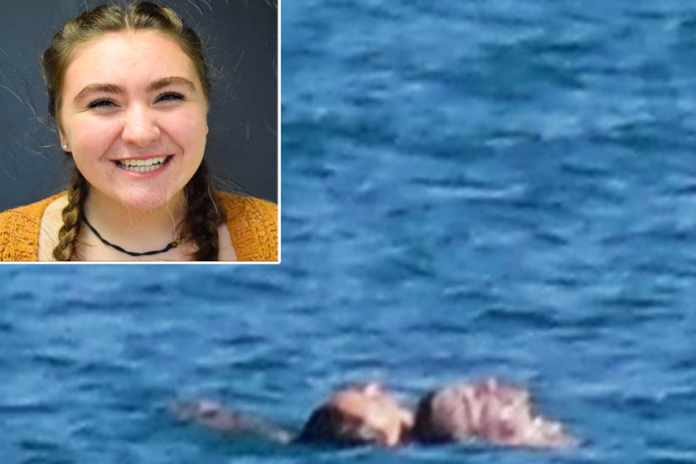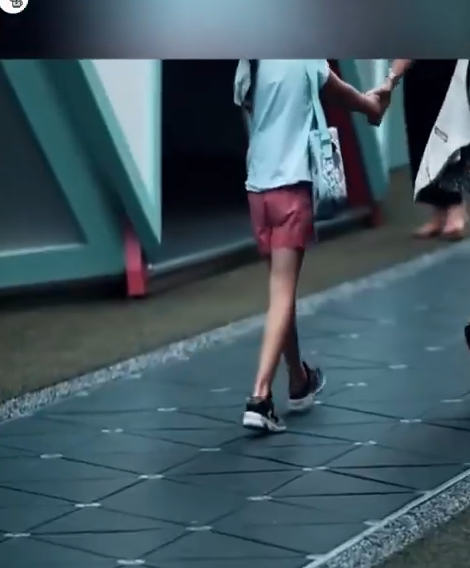Upland game bird season opens Monday, Sept. 1, and archery season opens Sept. 6, coinciding with the kickoff of Montana Fish, Wildlife & Parks’ Bear Aware Month.
Upland game bird hunters and archery hunters are often hunting in areas where grizzly bears are active and looking for food, like creek bottoms with chokecherries or mountain areas where summer berries are still lingering. Bear activity begins to increase in September as they look to put on weight in advance of winter hibernation.
Grizzly bears can be found anywhere in the western two-thirds of Montana, and their distribution is denser and more widespread than in previous years. Some areas with dense concentrations of grizzly bears are very accessible to hunters. Keep these precautions in mind when hunting in grizzly country:
-
- Carry and know how to use bear spray. Keep it within easy reach and be prepared to use it immediately.
- Stay alert, especially when hearing or visibility is limited. Watch for environmental indicators of recent bear activity. If there is abundant fresh sign of grizzly bears in the area, consider hunting elsewhere. Let other hunters know when bears and/or fresh sign are observed.
- Bird hunters should be extra careful while walking in and along areas of brush, especially along waterways. Grizzly bears use thick cover for day beds. Walk with the wind, carry bear spray and keep a close eye on hunting dogs. If there is abundant fresh sign of grizzly bears in the area, consider bird hunting somewhere else.
- Travel and hunt in groups whenever possible. This can help you make casual noise to alert bears to your presence, and it may also increase your chances survival in the event of a bear attack.
- Follow all food storage regulations. Contact the applicable land management agency (i.e. U.S. Forest Service, Bureau of Land Management, etc.) to learn what food storage rules apply where you’re hunting.
- Avoid carcass sites and concentrations of ravens and other scavengers.
- Carry the equipment you need to process a carcass and get it out of the field as quickly as possible.
- If you harvest an animal, remove it from the field as quickly as possible.
For hunting forecast information, visit fwp.mt.gov/hunt/seasons/forecasts.
sourced —







